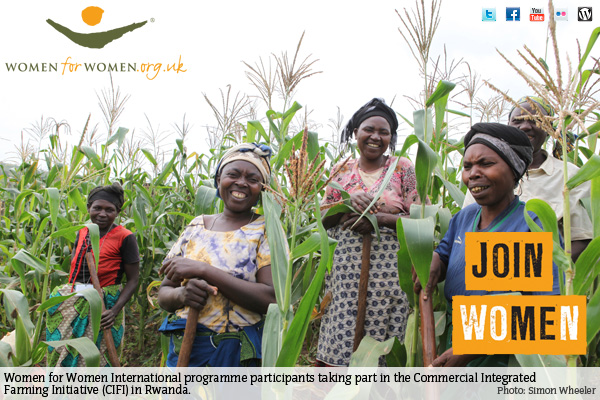 |
| Skills training by Solar Freeze for Kakuma youths/credit: Ashden |
With temperatures soaring across most of Africa due to climate change, preserving agricultural produces, medicines and other perishables is increasingly challenging. In eastern Kenya, a group of young people from smallholder families have created a pay-as-you-store solar cooling service, benefiting small-scale farmers, as well as health clinics and small businesses in Kakuma refugee camp, the oldest refugee camp in East Africa.
“Like many people our age, we watched our parents and grandparents work tirelessly, toiling in rural farms, only for a huge chunk of their fresh produce to rot away due to lack of proper cold storage units,” says Dysmus Kisilu, 27. “Often times, middle men would quickly swoop in and offer dirt cheap prices, and farmers would be forced to sell for a song out of fear of post-harvest loss,” says Kisilu.
Kisilu and many of his friends sought a better life in the city, but in 2016, some of them pulled their skills together to create Solar Freeze, a social enterprise harnessing solar power to offer off-grid small-scale farmers portable and affordable cold storage units in which to preserve their fresh fruits and vegetables.
“The growing seasons are now erratic and produce goes to waste because it cannot be stored. Whole communities are being destroyed as climate is changing. I knew I had to do something.”
Two years later, after meeting refugees in the huge Kakuma camp, Kisilu decided to expand into the humanitarian context. Kakuma, located in Turkana County, one of the poorest counties in Kenya, is home to 160,000 refugees from South Sudan, Sudan, Somalia, the Democratic Republic of the Congo, Burundi, Ethiopia, and Uganda. The camp has no access to energy from the national grid. Only 20% of its clinics have electricity and it is produced by polluting diesel generators, which operate only during specific times. Solar Freeze allows Kakuma’s clinics to store their medical products and vaccines, such as Covid, yellow fever, measles and rabies. The company has since diversified to include cold storage to food and drink shops, fishing and other businesses and households in the camp — a much needed service in the heat of the camp, and particularly as global warming increases.
Options for customers include buying cooling units on a lease-to-own basis or renting space in them on a pay-per-crate basis. This helps even worse-off individuals access cooling, as there is no upfront cost and the fees are low.
Solar Freeze team also launched an ‘Each One Teach One’ programme to train youth from agricultural families, especially women, to install, operate and maintain their units. The initiative was expanded to Kakuma and now also includes operation and maintenance of other solar products like solar-powered irrigation equipment, and sales.
“The education was super — it was not discriminatory to me by saying that I could not do it as a woman,” says Sakina Kariba, a refugee in the camp from the Democratic Republic of Congo. She was trained as a solar panel installer and now works freelance installing throughout the camp. “I am happy that even if I leave the camp today and I decide to go to back to Congo or another part of Kenya, I now have a skill that I can use.”
So far, Solar Freeze is working with 3000 smallholder farmers — reducing waste of fresh produce by 95% — and has 180 cold solar units in Kakuma.
Solar Freeze’s model is replicable to combat harvest loss and provide clean energy to off-grid small-scale farmers and vulnerable populations in sub-Saharan Africa. About 470 million smallholder farmers in developing countries lose an average of 35% of their income to food spoilage. The company plans to expand its work into other refugee camps, and to nearby nations including Rwanda and Uganda.
Last year, it has won the prestigious Ashden Awards in the Humanitarian Energy category. The Awards highlight some of the world’s most impressive climate pioneers and innovators and help them power up their impact.
The climate solutions charity is now calling for entries from similar climate innovators for their 2022 Awards. The application deadline is 15 March.
















